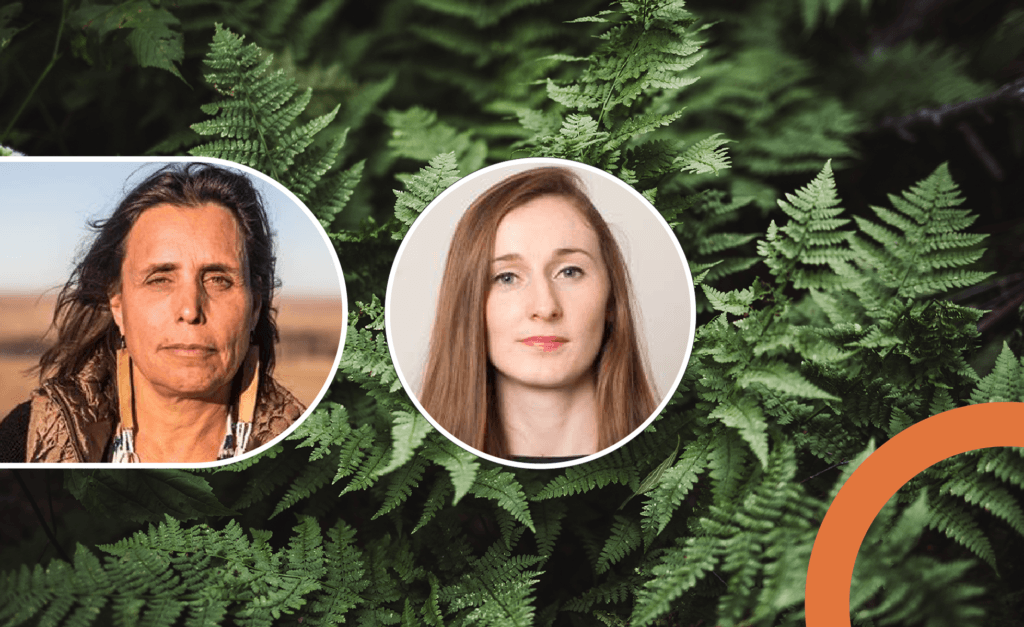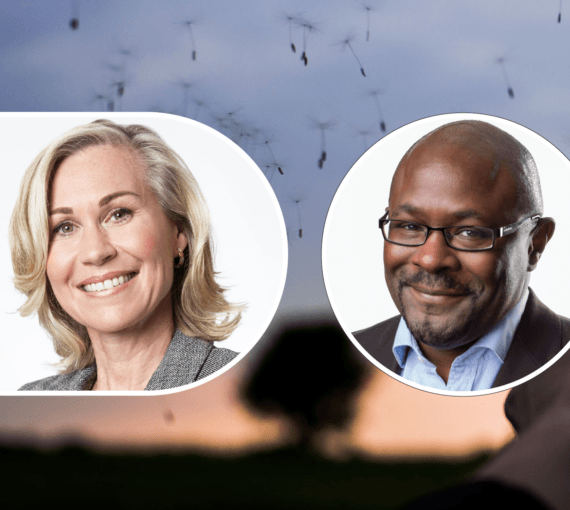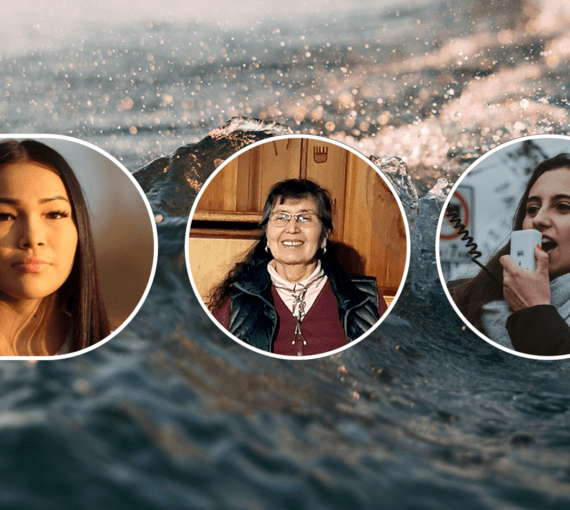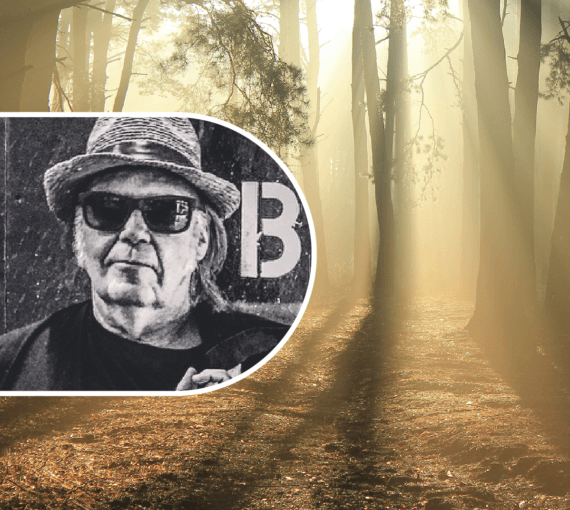
Activist, author and farmer Winona LaDuke and financial journalist Attracta Mooney.
We are land animals, so it’s no surprise that we refer to our planet as “Earth,” even though water covers more than 70 per cent of its surface. For thousands of years, Indigenous cultures have understood that we and Earth are one. What happens to the planet happens to us, and there are natural limits to what we can take from it.
COVID-19 has confronted us with those limits. Sixty per cent of all diseases that afflict humankind have leapt from other animals. As we drive wildlife into ever-constricted spaces, the opportunity for novel viruses to spread to us increases, as we’ve seen with hanta, Ebola, HIV, dengue, SARS and now COVID-19.
Population growth and development have spread a layer of human protoplasm all over the globe, while hyper-globalization makes it difficult to contain a new disease. The pandemic reminds us that it is a delusion to think we are separate from the natural world. It also gives us a chance to rethink and reimagine our relationship with Earth, and how we can protect it now and into the future.
The fourth episode of my new podcast’s first season, “COVID-19 and the Basic Elements of Life,” brings together an international journalist and an acclaimed activist to help us understand how we might halt the destruction of our only home and offers hope that even the unlikeliest of cousins — environmentalists and financial leaders — can find common ground when it comes to the climate crisis.
Winona LaDuke is an Anishinaabekwe member of the White Earth Nation who has spent decades advocating for environmental protections. She’s travelled around the world speaking about Indigenous rights and the importance of protecting the environment. She’s executive director of the environmental organization Honor the Earth and has written five books on environmentalism and human rights.
“I’m all ready for the next economy, because the last economy didn’t work out too well for us,” she says. “Now is the time to make something that makes sense. A lot of it is local, because that’s the nature of what we really need to do. We need to diminish globalization and restart, regrow local self-reliance.”
Attracta Mooney, a financial journalist, has been the investment correspondent for the Financial Times since 2013. Not everyone immediately connects the dots between investment banks and fighting climate change. But, like Winona, Attracta sees something promising happening where COVID-19, climate change and investment meet.
That’s the nature of what we really need to do. We need to diminish globalization and restart, regrow local self-reliance.
Winona LaDuke
One might expect the pandemic to stop climate change from being a big issue for the investment community. But Attracta says the opposite has happened.
“We’ve seen that [investors] seem to have been taking climate change even more seriously than before,” she says. “One money manager said to me that this is because the pandemic has shown just how catastrophic a single event can be on their investments or on the world. And their concern now is that climate change could do the same thing.”
It’s fascinating to see that our current situation may be opening a door for us all — one that could lead us to a greener and more responsible financial future.
It’s no secret the health of Canada’s economy depends on the health of its natural resources, and one of those assets is the boreal forest. It is the largest intact forest on the planet, bigger than the Amazon.
Indigenous Peoples may consider a river, mountain or forest to be sacred; not as something to be sacrosanct, kept pristine and worshipped, but spiritually alive, culturally important or just worthy of respect.
In this episode, I am thrilled to speak with Melissa Mollen Dupuis as our guest expert. Melissa is a member of the Innu community of Ekuanitshit on Quebec’s Côte-Nord. A celebrated activist and filmmaker, Melissa is also a lead boreal forest and caribou campaigner for the David Suzuki Foundation, based out of our Quebec office.
“The boreal forest, for me, is one of the most beautiful forests in the world,” Melissa says. “There’s so many medicinal plants, small fruits, the animals. But that relation that we built has fed us for thousands of years. And if we were not managing to empty out the boreal forest, we could probably manage to have that equilibrium still there.”
The boreal forest is now at risk because of resource extraction, which is fracturing the land. The lives it supports are at risk.
“I think this is a wake-up call for Indigenous knowledge of living on the land,” Melissa adds. “For so long, [the boreal forest] has been seen as the fridge I describe, and now people are noticing how we know that relation — how we manage that relation and how we can live in that forest and not just see it as a space of resources.”
Nicknamed the “lungs of the north,” the boreal forest is truly one of the most magical ecosystems I’ve ever seen. It’s devastating to see it — and many of its key species like the boreal woodland caribou — at risk.
Historically — in the boreal and around the world — we’ve thought nothing of dumping our toxic compounds like pesticides, waste engine oil or paints onto the soil. We dig up the earth, push it around, drown it under dams or pave it over with roads and buildings. But as Melissa illustrates, soil is alive and makes it possible for us to feed ourselves. We must find a different relationship with soil, land and earth, and care for it so it can continue to nourish us.
A healthy relationship with Earth requires a healthy relationship with earth.



